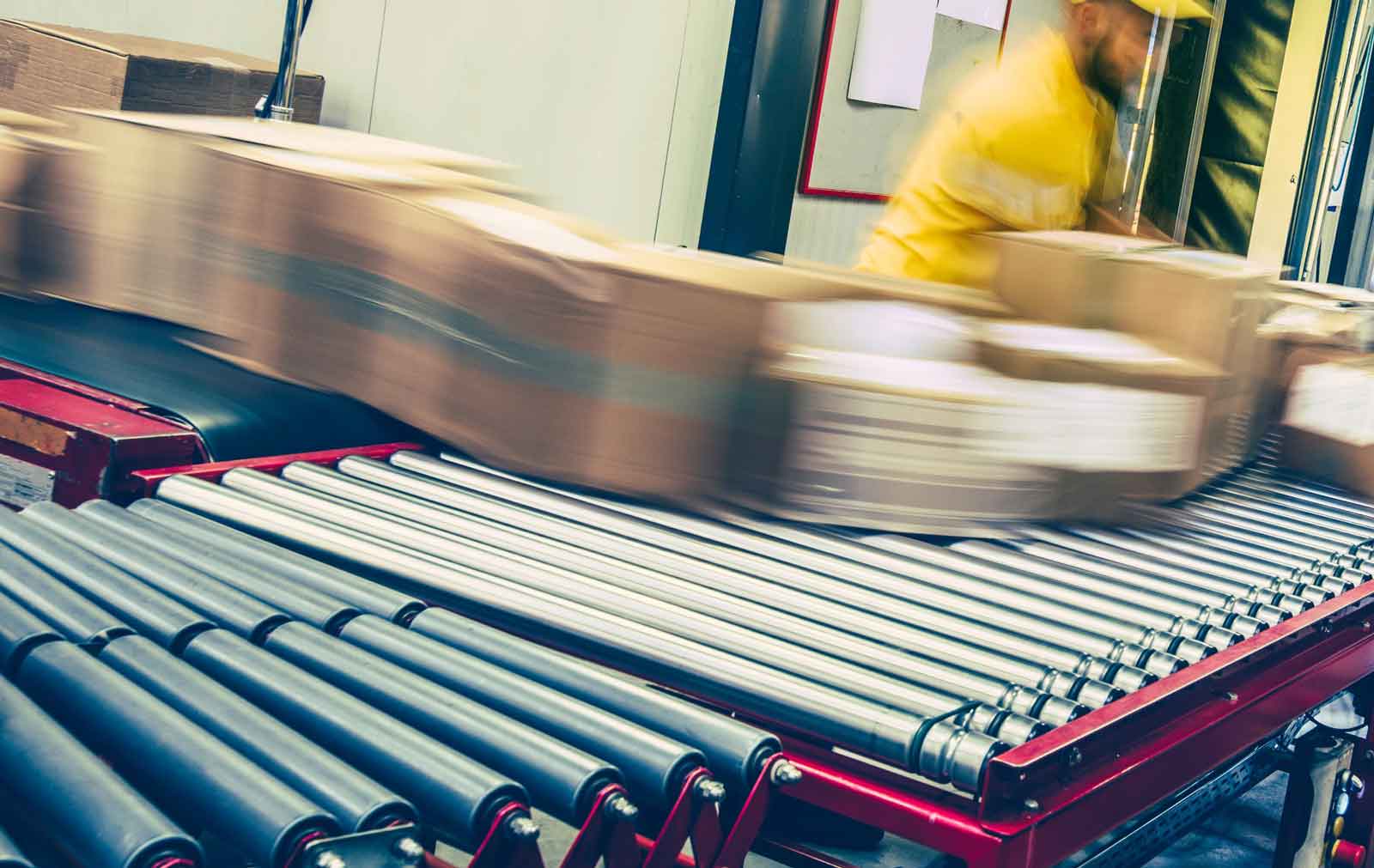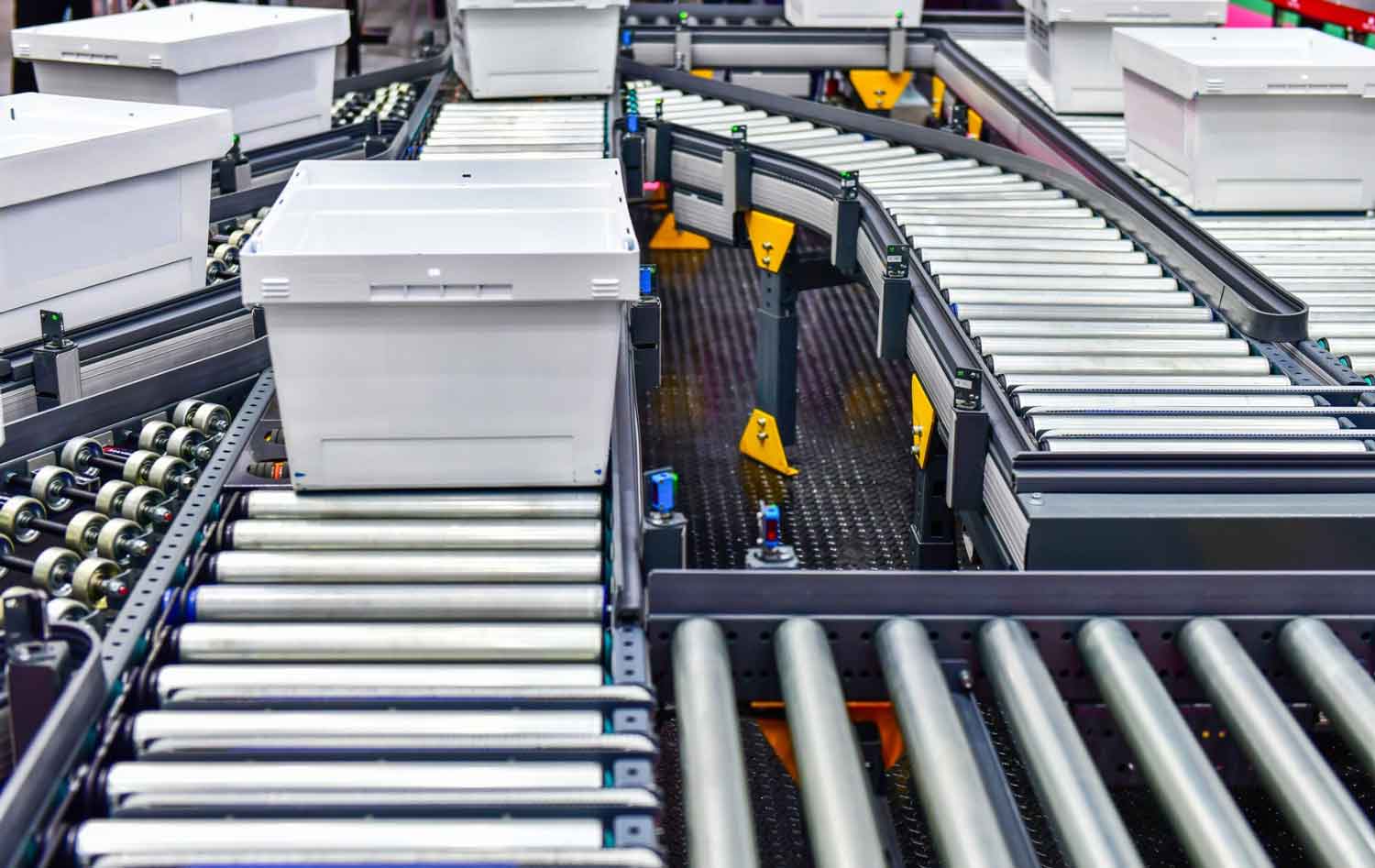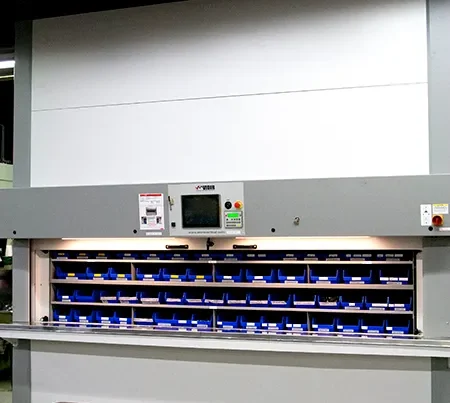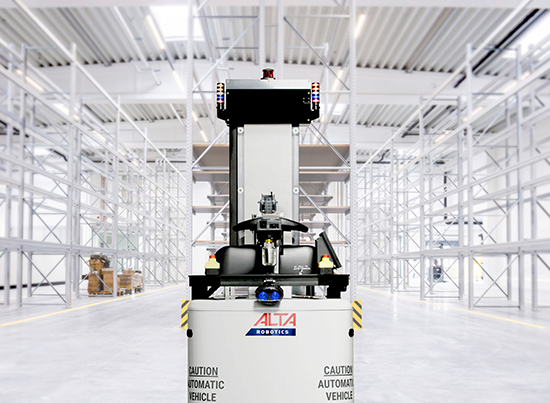For many not in the material handling industry, the words “conveyor system” may bring to mind the miles of it they’ve seen in the news or on YouTube – or in the news on YouTube – snaking through Amazon fulfillment centers. Conveyors, however, do more for society than help fill our online orders.
If you’ve ever driven past grain farms in the Midwest and seen the silos that dot their fields, then you’ve probably also seen the conveyor belts that feed those silos. If you’ve ever checked luggage at an airport and been grateful to see it riding the carousel at baggage claim, then you can likely thank the conveyor system that worked behind the scenes to help your luggage arrive on time. If you’ve ever been grocery shopping, then you’ve probably used a conveyor at checkout. And if you’ve ever been skiing and taken the lift, then you have yourself been conveyed!
While conveyors already play a key role in ecommerce, their presence is expected to increase. The Conveyor Equipment Manufacturers Association reports that orders for unit-handling equipment increased by 333.8% between November and December of 2019. The reasons for this growth are plain – compared to manual systems, conveyors improve safety, ergonomics, and throughput, while at the same time lowering costs. An operator who manually picks at an average rate of 70 items per hour can increase that rate to as much as 300 items per hour when facilitated by sorters and conveyors.
The American Society of Mechanical Engineers defines a conveyor, in part, as “a horizontal, inclined, or vertical device for moving or transporting bulk materials, packages, objects, or passengers in a path predetermined by the design of the device.”
Perhaps the most salient phrase in that definition is “a path predetermined by the design of the device.” There are many kinds of conveyors, made from many materials and with many uses. What they all have in common is that they are an efficient, safe, and quick method of moving material from one place to another in a predetermined path.
The many categories of conveyor
While there is a wide variety of conveyors – including belt, roller, chute, overhead, vibrating, and more – each type can be divided into two broad categories: gravity and powered.
Gravity conveyors
Gravity conveyors use the force of gravity to pull material along their predetermined paths.
The three most common gravity conveyors are:
- Wheel conveyors, which are best for boxes, totes, or other loads with flat, smooth bottoms. They are constructed of a frame that supports a series of skate-like wheels. Items placed on the conveyor can easily be moved across the wheels by a simple push, or by giving the conveyor a small declination.
- Roller conveyors are similar to wheel conveyors but, instead of loads moving across skate-like wheels, they move across rollers. The rollers are attached to a frame by an axle, and movement between the roller and axle is facilitated by ball bearings.
- Chute conveyors, which are prevalent in industries that handle grains or powders. They can, however, handle other loads – such as boxes, totes, or bags – as well. They are constructed of a solid surface upon which the material slides. If you’ve ever been to a playground and played on a slide, then you conveyed yourself down one of their chutes!
Powered conveyors
Powered conveyors use electricity or pneumatics to drive motors. The motors may move a belt, chain, or other device, which in turn moves material.
There are many kinds of powered conveyors. A few common options include:
- Belt conveyors, which are used at checkout lanes in grocery stores and supermarkets. In industrial settings, there are many kinds of belt conveyors, but they all function in a similar way. The belt is wrapped around a series of rollers (aka pulleys). At least one of these will be powered. When the power is switched on, the roller spins, which in turn moves the belt and anything on it.
- Platform conveyors, which are chain driven and move items vertically. A series of platforms are equally spaced and, for example, pulled along a chain in an endless loop. In a common scenario, product may move along a chute until reaching a platform conveyor. The product automatically falls onto the continuously moving platforms, which bring the material to an upper level. These systems load and unload material automatically.
- Vibrating conveyors, which are often used for granular or powdered material. Gravity usually determines the direction of flow, but the material is caused to move by the vibration of the conveyor. They are excellent for moving bulk material and, because they only vibrate as hard as they need to move that material, are gentler than they may at first appear.
Benefits of a conveyor system
Because they are such an efficient means of moving material, the market has many types of conveyors and conveyor systems. They reduce labor, save time, and are extremely versatile in their designs.
They can be made to move items that are too heavy for people to handle safely. They can move material between levels, which greatly increases safety in a multi-level facility. And they can be designed so that material is automatically loaded and unloaded.






